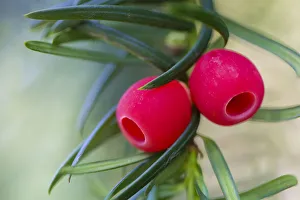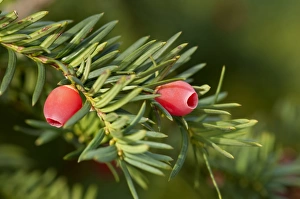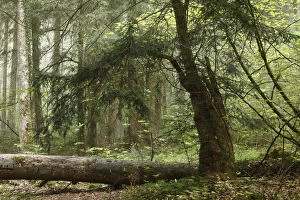European Yew Collection
The European yew, scientifically known as Taxus baccata, is a captivating and versatile tree that can be found in various regions of Europe
All Professionally Made to Order for Quick Shipping
The European yew, scientifically known as Taxus baccata, is a captivating and versatile tree that can be found in various regions of Europe. In the enchanting Nottinghamshire, UK, during the month of October, one can witness the mesmerizing sight of Yew berries adorning its branches. These vibrant red fruits not only add a pop of color to the landscape but also hold great significance due to their toxicity. Often referred to as common yew or English yew, this evergreen species has been a part of European history for centuries. Its presence is felt even in Norfolk, UK where it forms dense hedges that provide shelter for numerous creatures throughout winter. A delightful robin perched on a Yew hedge during January exemplifies the harmonious relationship between nature and wildlife. Dating back to 1833-39, an exquisite colored engraving showcases the beauty and allure of this ancient tree. The illustration captures its intricate details with precision and highlights its importance in botanical studies. However, it's crucial to note that despite its elegance, parts of the Yew plant are highly poisonous if ingested. Moving across borders into Switzerland's Canton of Geneva reveals another breathtaking scene - an English Yew branch adorned with fruit against a picturesque backdrop. This image perfectly encapsulates both the aesthetic appeal and ecological value this species brings to landscapes worldwide. In gardens where biodiversity thrives alongside flora, black-and-white illustrations depict how poisonous Yews coexist with fungi while adding an air of mystery and danger simultaneously. Such symbiotic relationships remind us that nature operates on delicate balances. From Geneva to Bavaria in Germany lies Paterzell Yew Forest - home to majestic stands of European yews. Here they create an ethereal atmosphere as sunlight filters through their dense foliage onto moss-covered forest floors below; truly a sight worth beholding. Giovanni Antonio Bottione's watercolor masterpiece from 1770-1781 immortalizes the European yew in all its glory.











